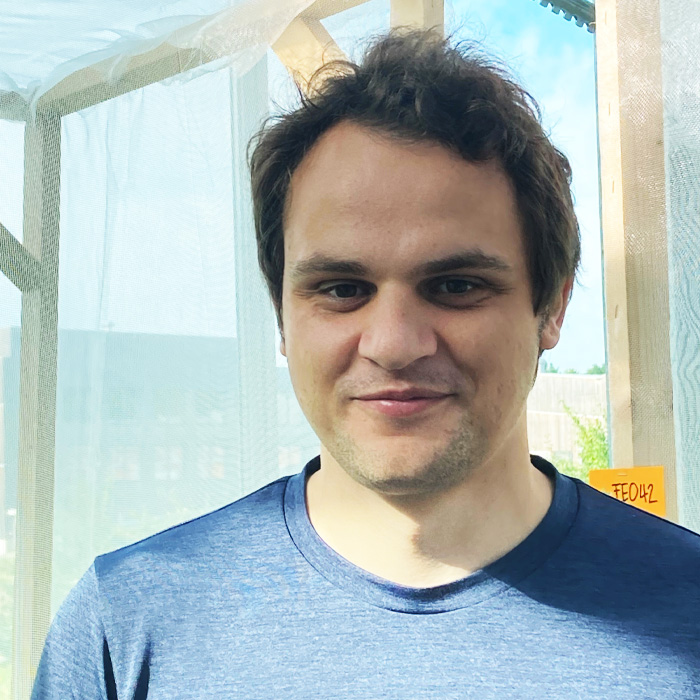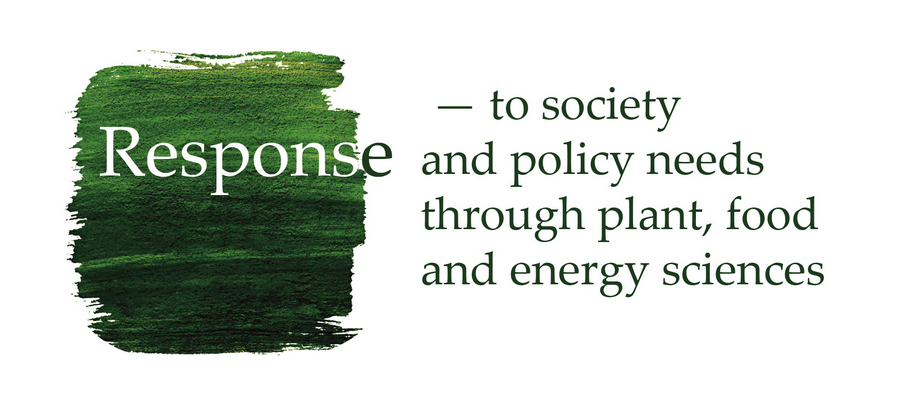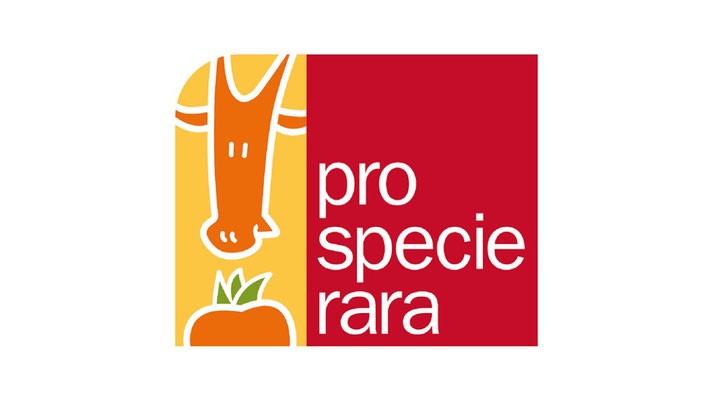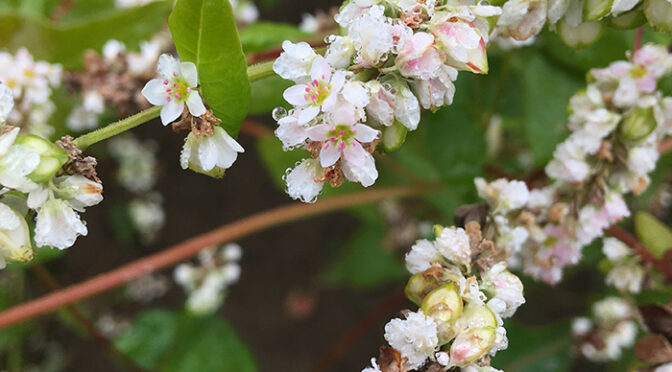Response Doctoral Program
Pseudocereals such as buckwheat (Fagopyrum esculentum Moench) are under-utilized as sources for plant-based proteins in current times, where the world is searching for a diversification of agricultural cropping systems. Buckwheat was an important crop in recent times in Western Europe including Switzerland and has several qualities:
- It is a valuable source of proteins for human nutrition. Buckwheat contains all nine essential amino acids which makes it a high-quality, complete protein. It is rich in limiting amino acids like lysine and arginine, which are in shortest supply in plant-based diets.
- It became popular in satisfying the increasing demand for gluten-free foods.
- It has a unique taste – in contrast to rice or wheat – and can be made into deliciously tart pancakes or pasta.
- So far, it is little affected by pests and diseases in the field that could reduce its yield.
- As a cover crop, it contributes to soil protection and soil improvement as part of a crop rotation.
- It is good for pollinators and a rich source of nectar while contributing to a biologically diverse agriculture.
Despite all these positive qualities, buckwheat cultivation suffers from low and unstable yields, and in comparison to wheat, the baking quality is inferior. Potentially, this bottleneck can be overcome with breeding. Here, the screening of genetic resources could unlock undiscovered potential and the cultivation of buckwheat on Swiss farms may experience a renaissance!
Fabian Hess, doctoral student of the Molecular Plant Breeding group at ETH Zurich, aims at describing the great diversity of buckwheat in a unique collection of buckwheat accessions and getting to know how these accessions behave under Swiss conditions. First, he is doing tests in field trials covering different environments and years. This allows him to characterize the accessions in terms of agronomical traits, nutritional value as well as market potential. Second, all the accessions will be genetically described in the laboratory. This will not only allow him to find out more about the composition and origin of the collection but could also to link important traits to specific genetic regions. This detailed knowledge will lay the foundation for the establishment of efficient breeding programs in the future.
Bringing science into practice
Generating and successfully integrating this knowledge into breeding programs requires the consideration of the actual needs of stakeholders along the buckwheat value chain. Together with collaborators such as ProSpecieRara, Fabian is especially interested in aligning his evaluation with needs formulated by stakeholders. During this project, a stakeholder workshop will be organized to showcase the diversity and potential of the buckwheat collection. During the event, stakeholders will visit the field trial and discuss interests and needs of different actors along the buckwheat value chain, including farmers, processors, and retailers but also researchers and policymakers. Through participation in the stakeholder workshop as well as other formats of stakeholder engagement, the collaborators hope to form valuable connections between farmers and costumers that could prove economically interesting.
What are the benefits for farmers, gardeners and breeders?
Buckwheat breeders will certainly get the most direct value out of this project. The phenotypic information from the field combined with genetic data out of the lab will enable breeders to integrate new germplasm into their breeding programs much more easily. Moreover, we also hope that there might be some interesting accessions in our collection that have previously not been accessible or known to farmers and gardeners. The rigorous testing that these accessions will have undergone and the detailed information on development and yield in different environments can help farmers to choose the right accession for the specific conditions on their land.
What evidence could be useful for policymaking?
Collecting and conserving genetic resources has been regarded as essential for the development of sustainable and resilient agroecosystems in a changing world. However, while large gene banks have been established, the usage of these resources often remains disappointingly low. This project can serve as an example of how such valuable resources can be made available to stakeholders and establish data that illustrates the potential value that buckwheat could offer to farmers but also the wider society. Large collections of genetic resources (especially those including many local and traditional varieties) may display an astonishing diversity and contain many exciting traits that could inspire the imagination of any plant breeder. However, the integration of these resources into modern breeding programs is usually not trivial as these accessions usually lag far behind elite varieties that have been systematically improved for many decades. This is especially true when it comes to neglected and underutilized crops that will struggle to compete with major crops in terms of yield and market potential. Therefore, continuous support from politics and governments will be needed to develop diverse genetic resources and promote the usage and cultivation of niche crops as they will ultimately add great ecological and nutritional value to the food system.
And how can civil society engage and benefit?
We opened up our research project to a wider public was to use a participative seed propagation approach to multiply some of our buckwheat accessions. This approach worked as follows: Anyone interested (colleagues, family, friends), who had a few square meters available in his or her home garden, was provided with seed and a short instruction on how to plant, care for and harvest buckwheat. The main goal of this approach was of course to multiply seeds and indeed, so far, all participants achieved highly satisfactory yields that will be used as seed for the field trials or sent to the Swiss gene bank for long-term storage. However, besides this very practical objective, we also hope this method to be a way for people to directly get involvement in a research project and get to know and appreciate buckwheat as an alternative and attractive crop. This kind of involvement can also incite conversations and discussions that would not evolve otherwise. For example, about the diversity and aesthetic value of our agricultural landscapes but also the tediousness and hardship of unmechanized agriculture.

Fabian Hess is currently a fellow in the RESPONSE Doctoral Program (DP) «RESPONSE – to society and policy needs through plant, food and energy sciences» funded by the European Union’s Horizon 2020 research and innovation program under the Marie Skłodowska-Curie Grant Agreement No 847585.
In his research, he works on around 150 buckwheat accessions of worldwide origin. In this large collection of genetic and phenotypic diversity, he hopes to harvest agronomically interesting traits, that will allow to focus on buckwheat varieties that are of interest for Swiss farmers.
The project is funded by NAP-PGREL, Bundesamt für Landwirtschaft, Paul Schiller Stiftung and RESPONSE.
The featured image is provided by Michelle Nay (Agroscope).




